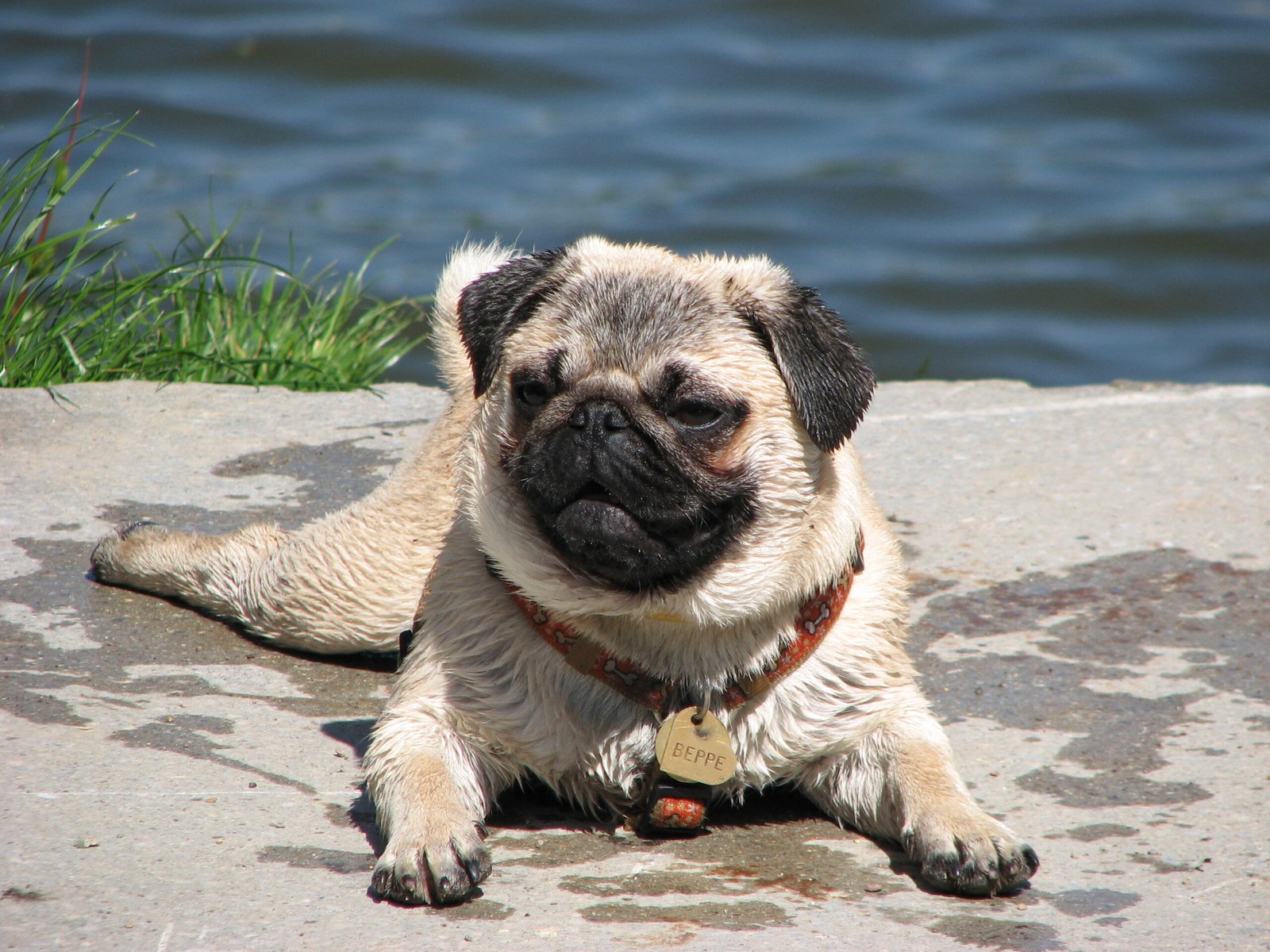Imagine this: you’re standing over the bathtub, sleeves rolled up, rubber ducky ready, and there’s your dog—wide-eyed, paws braced, looking at you like you’re about to commit the ultimate betrayal. If you’ve ever wrestled with a soggy, wriggling pup who’d sooner sprint through a muddy puddle than step into a clean tub, you’re in very good company. Some dogs just despise water, and no amount of coaxing, treats, or singing “Rub-a-dub-dub” will convince them otherwise. Let’s dive into the 10 dog breeds most likely to turn bath time into a splashy standoff, and what you can do to make it a little less dramatic.
Shih Tzu: The Regal Refusers
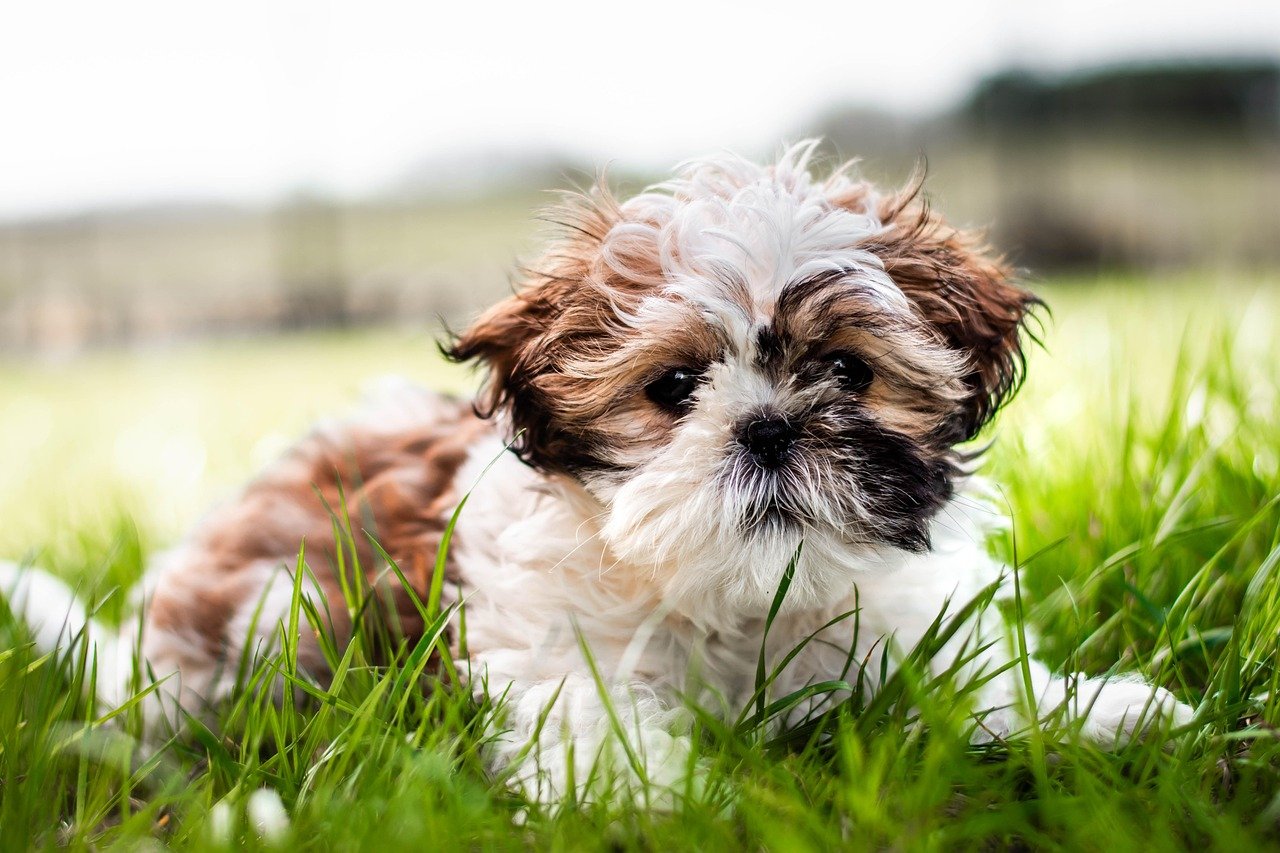
Shih Tzus are famous for their flowing, luxurious coats and their stubborn streaks. Many Shih Tzu owners will tell you that bath time feels like negotiating with royalty—one wrong move and you’re met with a withering glare. These pups often tense up, tuck their tails, and resist every inch toward the tub.
If your Shih Tzu shivers or clings to you when water’s on the menu, it’s not just drama—they may genuinely dislike the sensation of water on their skin. Gentle introduction and lots of treats can help, but patience is your best friend. Brushing before and after can keep their coats manageable and make baths less frequent.
Chihuahua: Tiny Body, Big Opinions
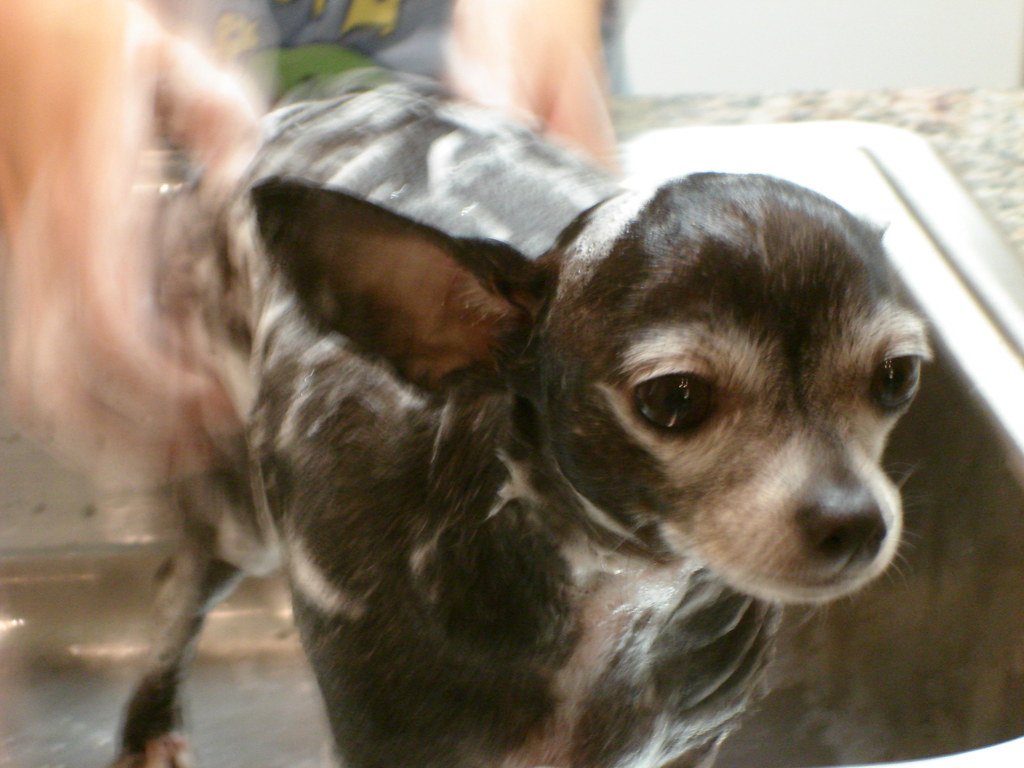
Chihuahuas may be small, but their hatred of water is mighty. They’re known for trembling at the sight of a bath, and their sensitive nature means even a drizzle can set off alarm bells. Many owners report vocal protests—whines, yelps, and the occasional dramatic escape attempt.
Watch for subtle signs like flattened ears and rapid breathing. These indicate your Chi is stressed. Use warm (never hot) water, and keep sessions brief. Wrapping them in a towel right after helps them feel safe and secure, and might even earn you a little forgiveness.
Pekingese: Drama Queens and Kings
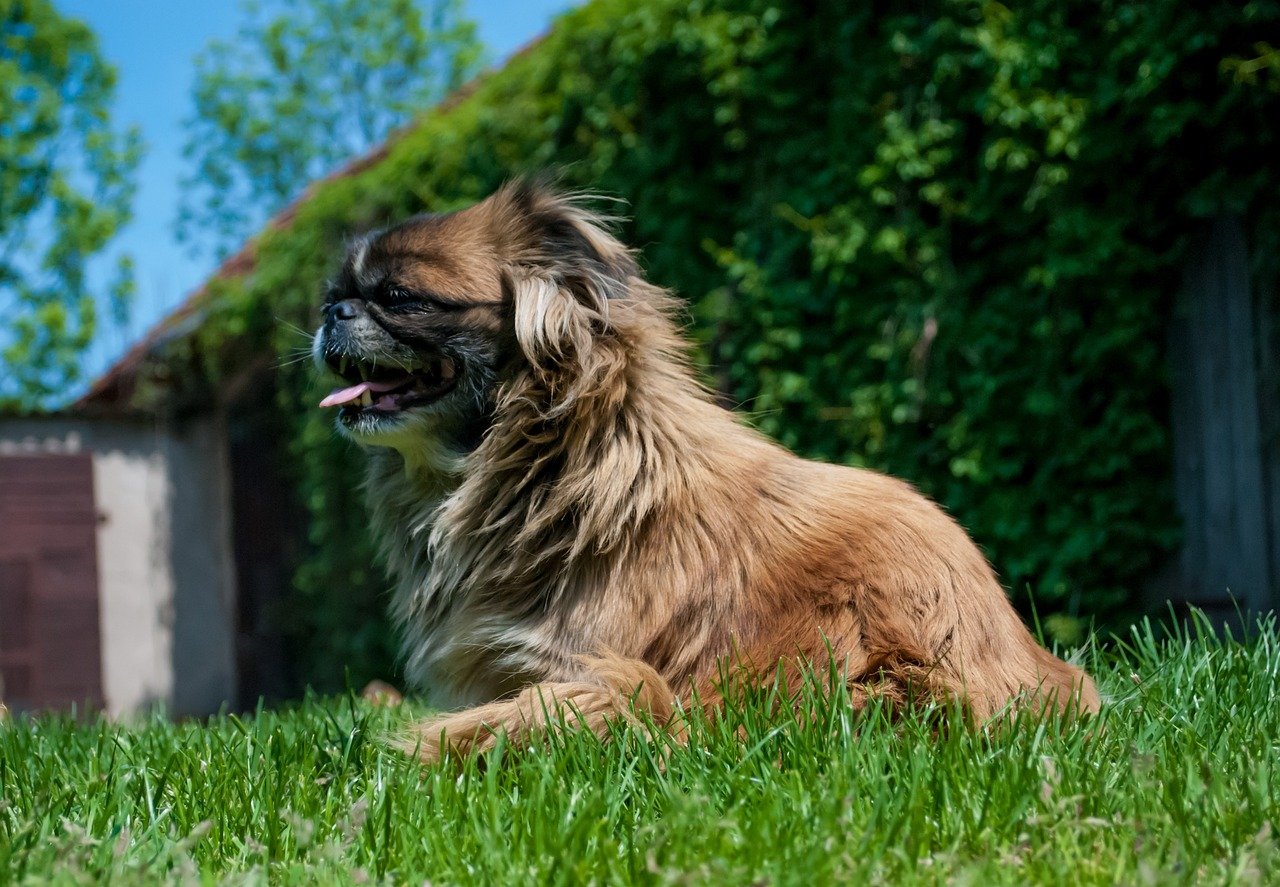
Pekingese are known for their lion-like appearance and equally lion-like resistance to water. Their thick double coat doesn’t help—it soaks up water like a sponge, making drying a challenge. Bathing a Peke can often feel like you’re breaking a sacred trust.
Try to keep water out of their sensitive eyes and ears by using a cup instead of a sprayer. Calm praise and a slow, gentle approach can ease their stress. Frequent brushing can reduce the need for baths, which most Pekingese appreciate.
Italian Greyhound: The Delicate Dodgers
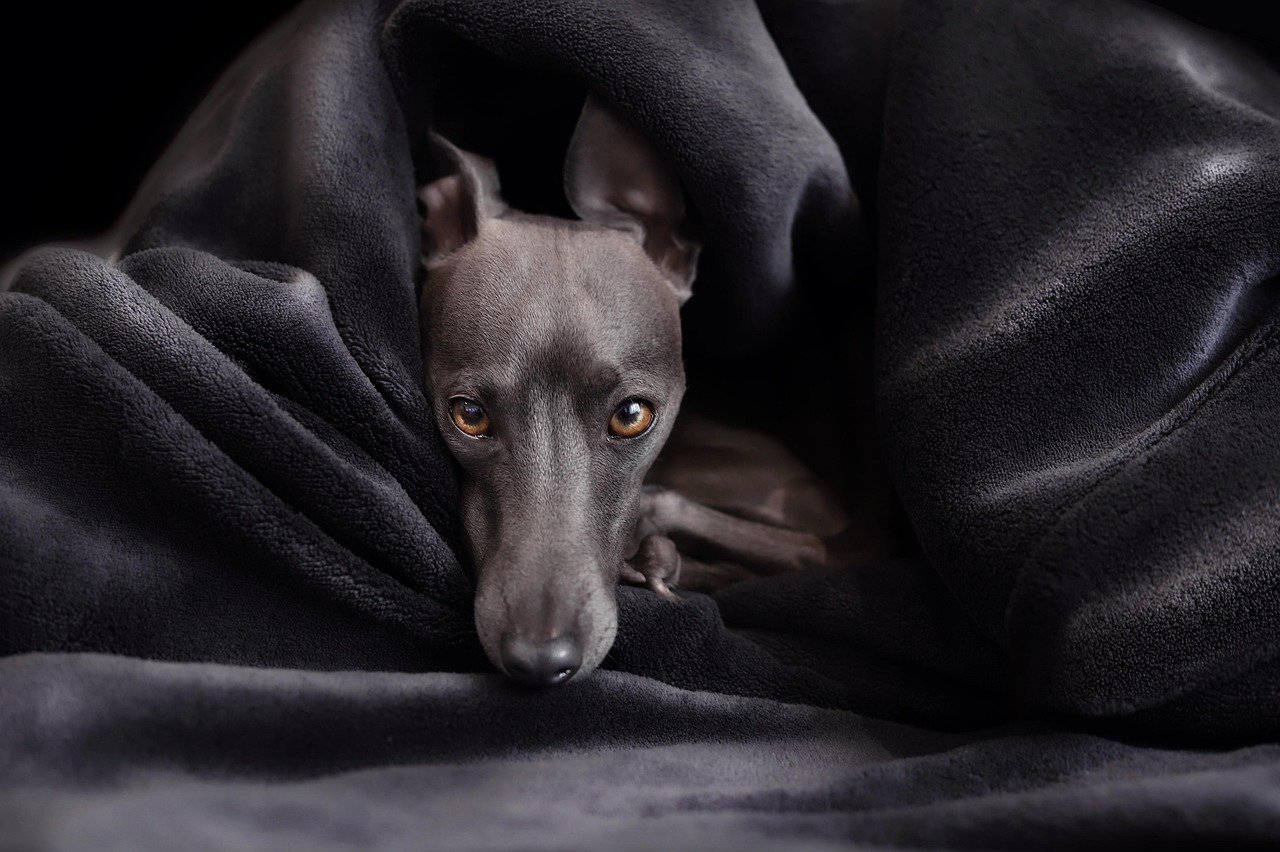
Italian Greyhounds are sleek, sensitive, and have very thin coats, which makes water feel extra cold and uncomfortable for them. They’re notorious for freezing up or trying to leap out of the tub at the first splash.
You might notice shivering or stiff posture when bath time looms. Warm towels and a heated bathroom can make the process less alarming. Quick, efficient baths with gentle hands are best, and always reward bravery with extra snuggles.
Pug: The Not-So-Aquatic Clowns
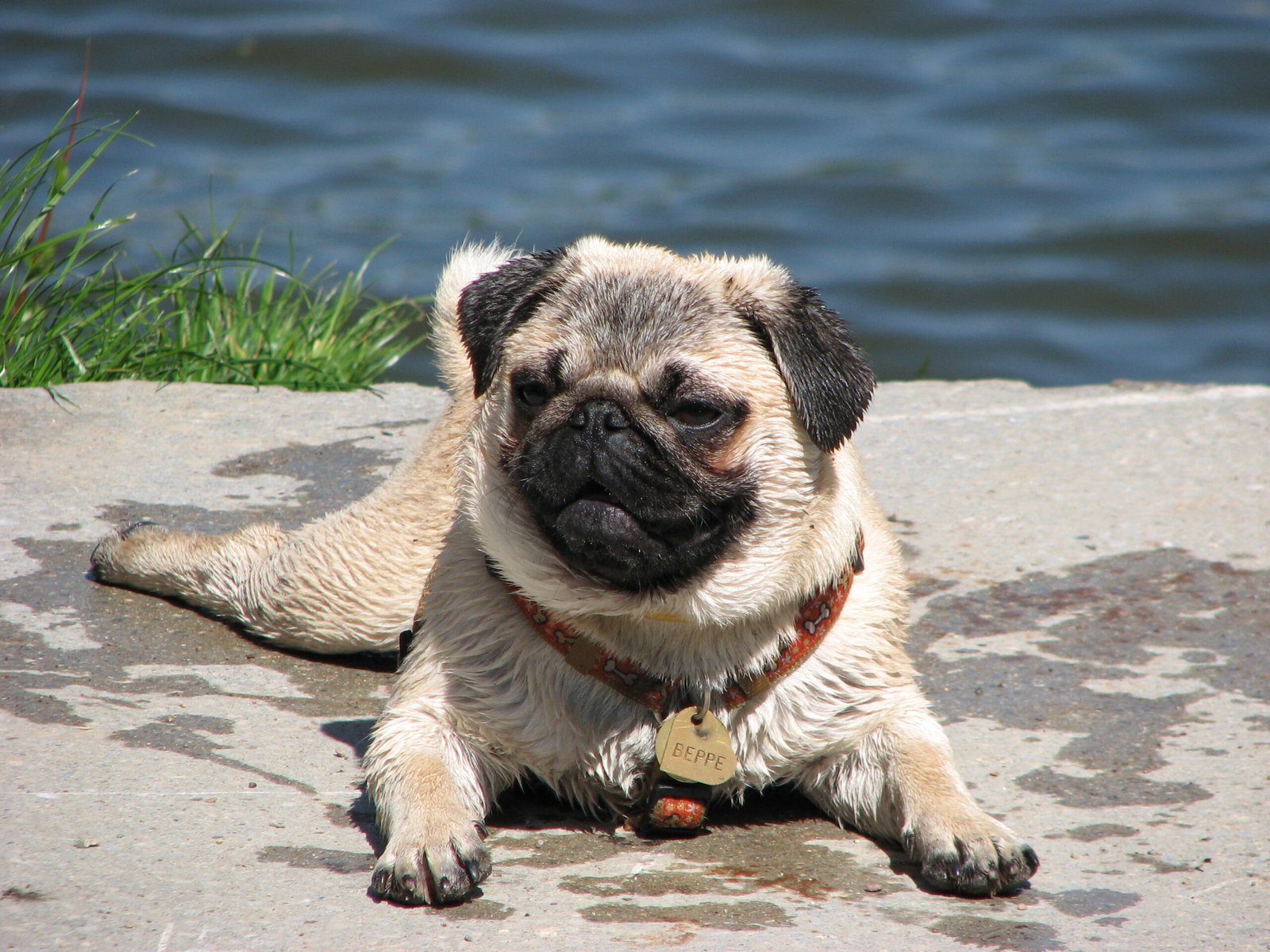
Pugs might be goofballs on dry land, but add water and the fun comes to a screeching halt. Many pugs act like you’ve committed an unthinkable offense when you try to bathe them, often scrambling in every direction except toward the tub.
Look for obvious signs of stress—panting, wide eyes, and attempts to climb out. Pugs are prone to skin folds, so regular cleaning is still important. Try using a handheld shower head and work quickly. Rewarding your pug with treats and affection after can make bath time less of a battle.
Yorkshire Terrier: The Sass Masters
Yorkies may be pint-sized, but their dislike of water is anything but small. Their fine hair tangles easily, making wet baths feel overwhelming. Some will bark, shake, or even try to hide when they hear the word “bath.”
A gentle touch and a calm environment help immensely. Use detangling sprays before and after to keep their coats silky, and always dry them thoroughly to avoid chills. Positive reinforcement goes a long way with these feisty little companions.
Boxer: The Playful Protesters
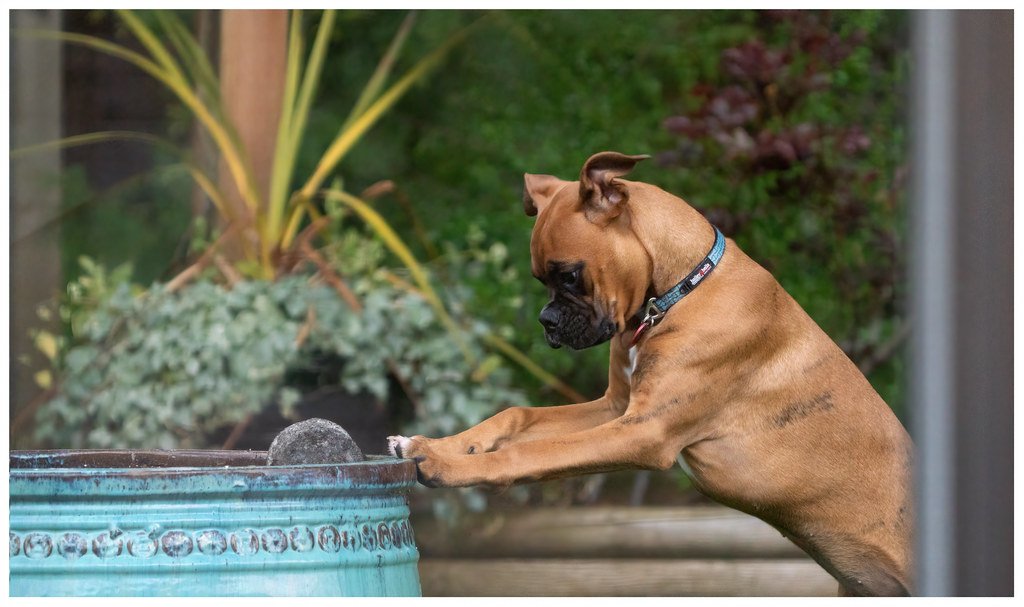
Boxers are energetic and playful—until it’s time for a bath. Many boxers see water as the enemy unless it’s in their water bowl. They might leap, splash, or even try to “box” the water away with their paws.
Look for avoidance behaviors like backing up or planting their feet. Make the bath feel more like a game by using toys or treats. Keep sessions short and upbeat, and never force them, as this can make future baths even harder.
Papillon: The Butterfly Who Won’t Flutter Near Water
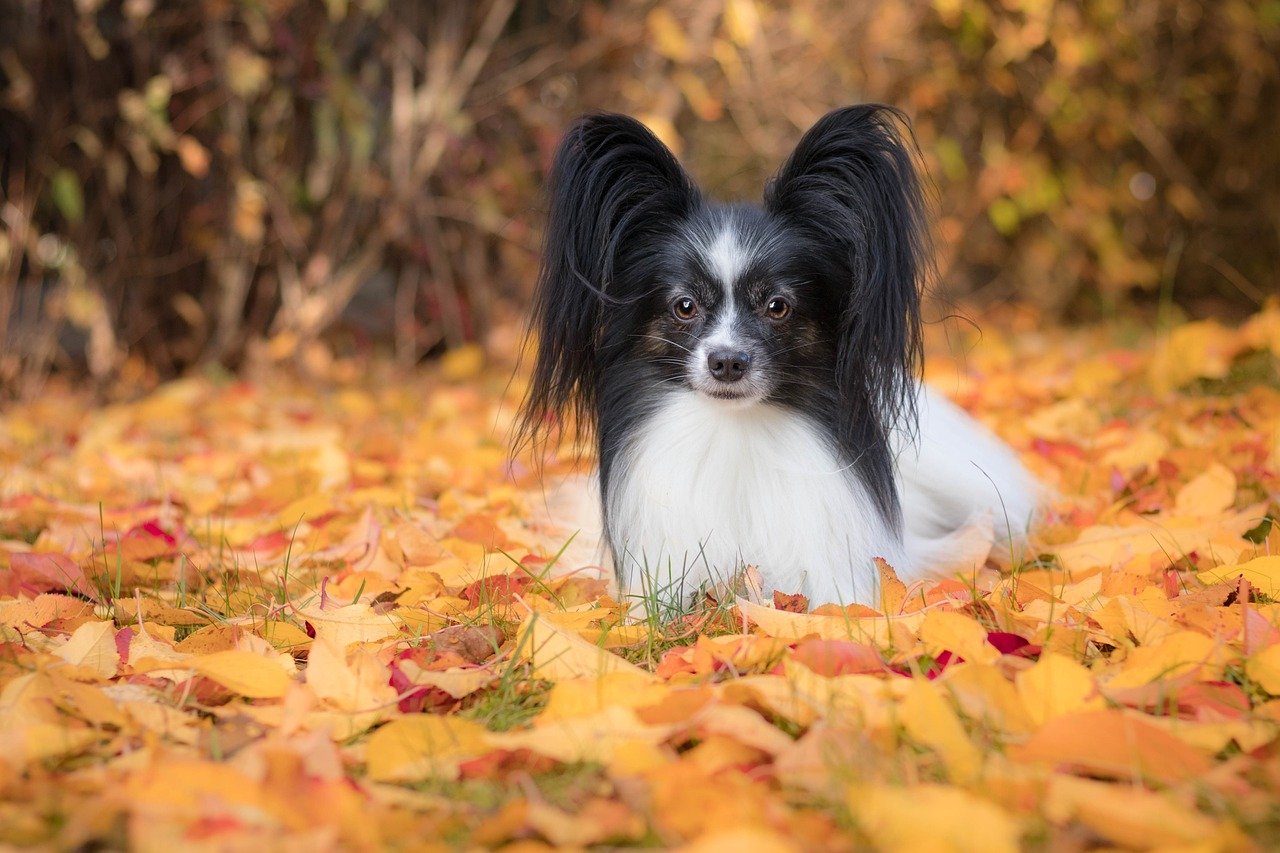
Papillons are dainty, intelligent, and famously averse to water. Their delicate frame makes them sensitive to temperature and the sensation of being wet. Many will try to dart away or freeze up at the slightest hint of a bath.
Use a shallow basin and lukewarm water to minimize discomfort. Always support their tiny bodies with your hand, and keep the process quick. Praising your Papillon for bravery—even if it’s just standing still—builds trust for next time.
Afghan Hound: The Reluctant Royalty
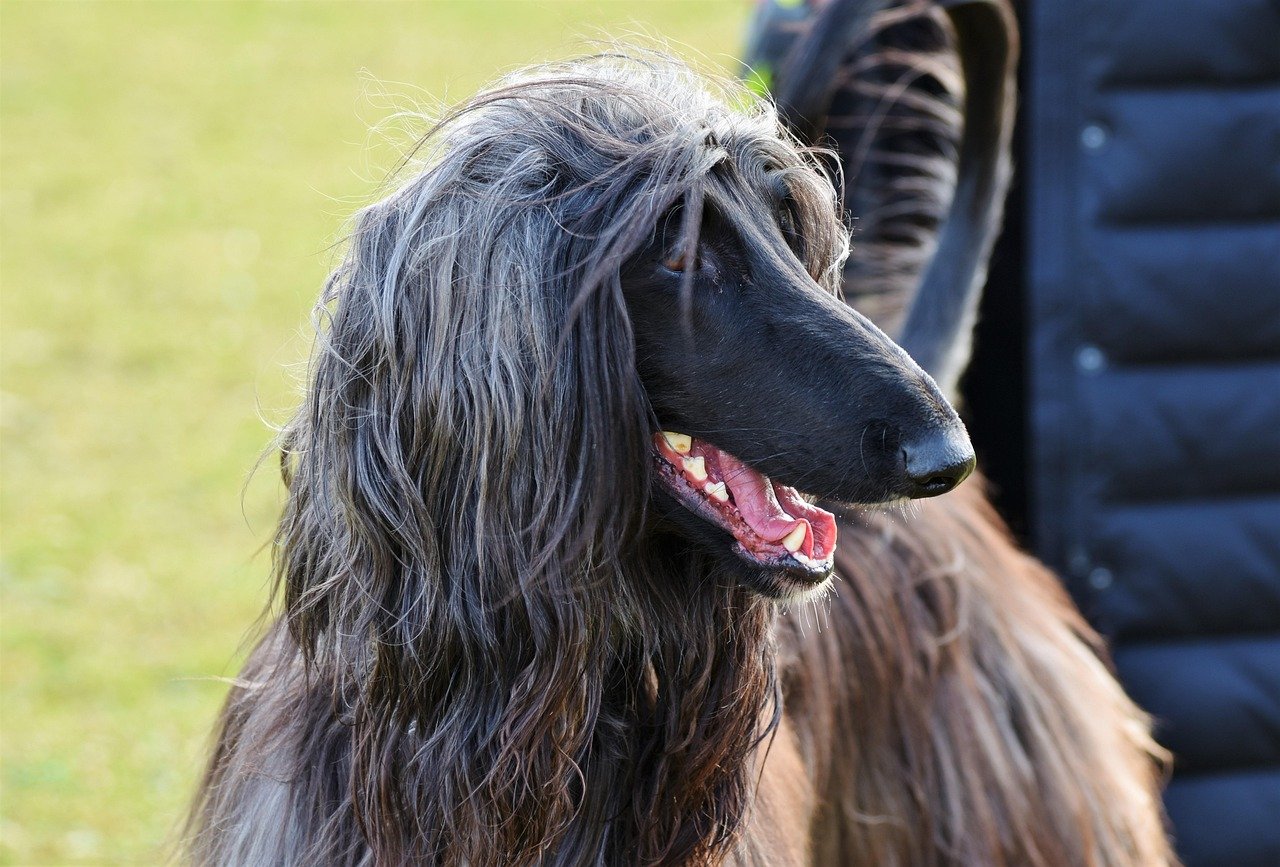
With their elegant, flowing locks, Afghan Hounds might look like they belong in a shampoo commercial, but most would rather skip the water altogether. Their long hair takes ages to dry, and the bath itself can be a source of anxiety.
You might see pacing, whining, or dramatic sighs as clues they’re not keen. Use a gentle, dog-specific shampoo and lots of conditioner. Schedule baths when you have plenty of time for drying, and make the experience as calm and gentle as possible.
Bichon Frise: The Fluffy Fugitives
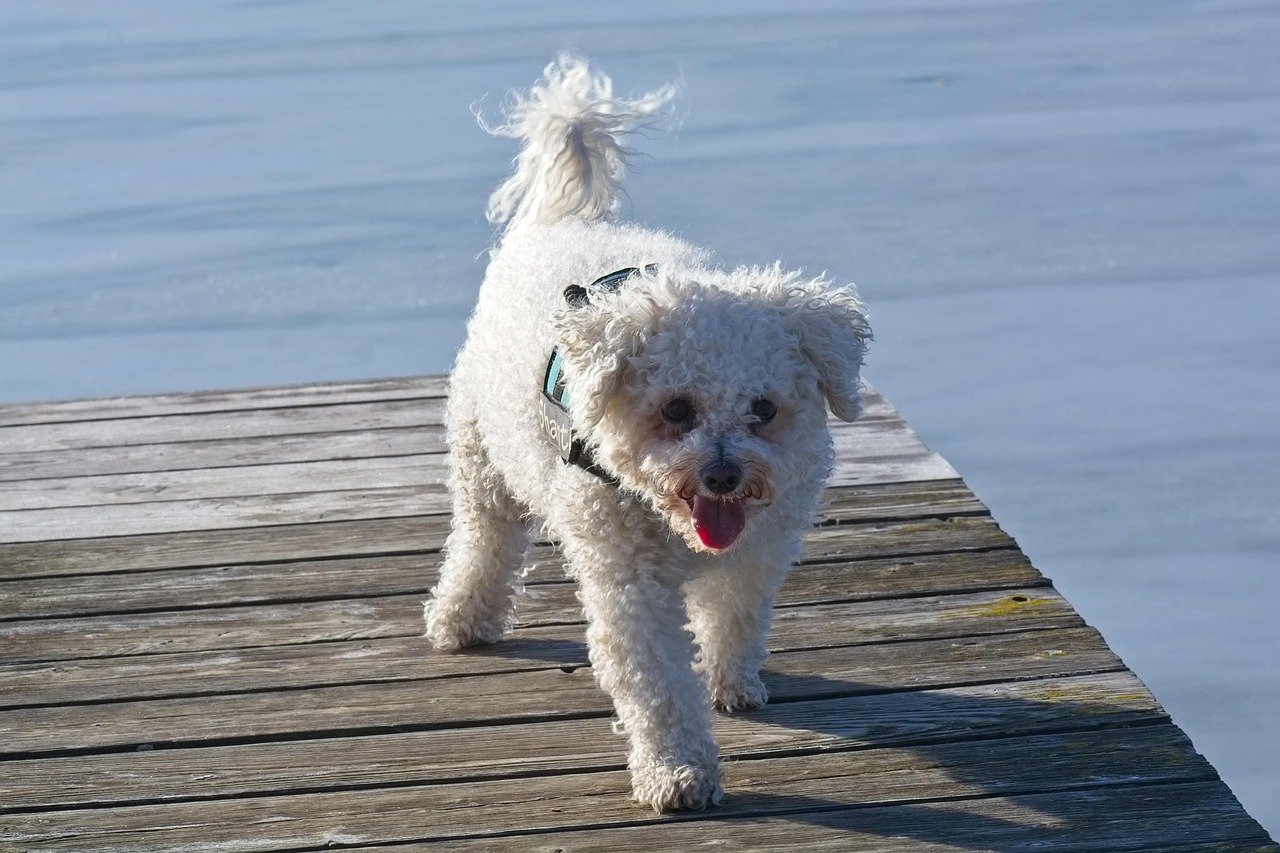
Bichons look like adorable, fluffy clouds—until you try to get them wet. Many Bichons will squirm, wiggle, or even bolt at the mention of a bath. Their dense coats trap moisture, making drying a lengthy process.
To help, use a high-quality pet dryer and brush out tangles beforehand. Keep the water warm and the room cozy, as these pups are sensitive to cold. Lots of treats and a playful attitude can turn bath time from a battle into bonding.

Esther is from India; the heartbeat of South Asia, holding a Master’s degree in Zoology and a postgraduate diploma in Animal Welfare. Her enthusiasm for animal welfare drives her passion and dedication to working for animals, ensuring their well-being, and advocating for their rights. With a solid academic background and hands-on experience, she is committed to making a positive impact in the field of animal welfare. In her free time, she enjoys embroidery and sewing. As a Chennaite from Tamil Nadu, Esther loves Bharathanatyam, an Indian classical dance form.

